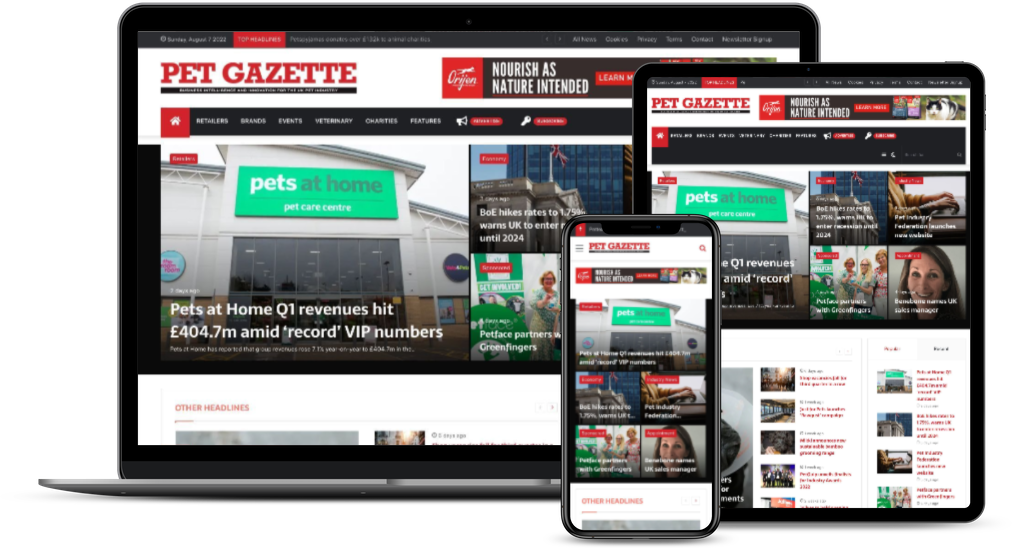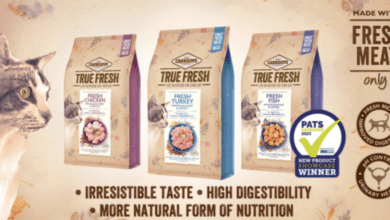
The pet industry has transformed in the last decade and trends like premiumisation and anthropomorphism show no sign of slowing down. The pandemic saw 3.2 million animals purchased during lockdown alone, and much to The Pope’s frustration, more young people are choosing to parent pets, rather than children. But have we reached peak Pawsecco?







